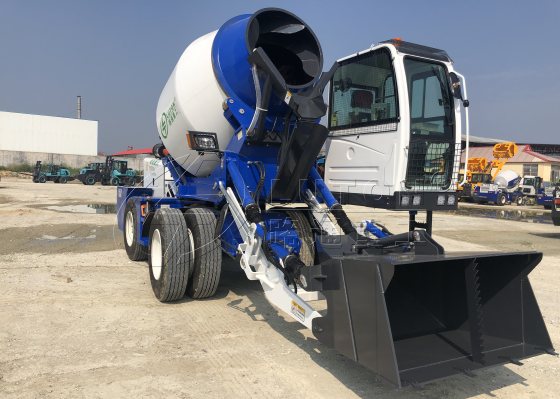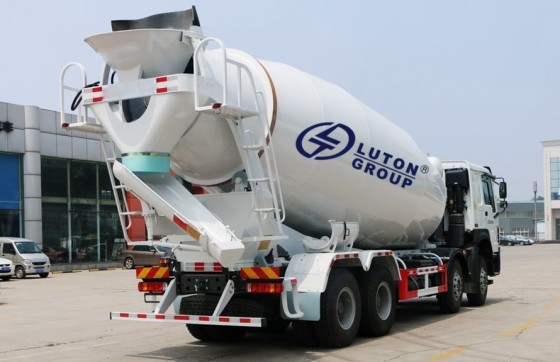The Middle East region, with its unique geographic location and abundant resources, has shown a vigorous development trend in the field of architecture and infrastructure in recent years. In this context, as a key equipment in the construction industry, concrete mixing plants have a particularly broad market prospect.

Firstly, the urbanization process in the Middle East is accelerating, and many large cities are rapidly emerging. The construction projects in these cities cover multiple fields such as residential, commercial, and transportation, with a high demand for concrete. As the core equipment of concrete production, the efficient and stable production capacity of the concrete mixing plant perfectly meets this demand. In addition, with the increasing emphasis on infrastructure construction in the Middle East, such as the continuous advancement of projects such as highways, railways, bridges, the market demand for concrete mixing plants has also been further driven.
Secondly, the economic development in the Middle East region has provided strong support for the concrete mixing plant market. With the continuous growth of the economy, the government and enterprises are also increasing their investment in infrastructure construction. These investment not only increase the purchasing power of concrete mixing plants, but also provide them with more application scenarios. At the same time, the construction market in the Middle East has also attracted many international construction companies to enter. The advanced technology and management experience brought by these companies have also injected new vitality into the development of the concrete mixing plant market.
Furthermore, the increasing demand for environment protection and energy conservation in the Middle East provides an opportunity for the upgrading and replacement of concrete mixing plants. Traditional concrete mixing plants often generate a large amount of noise and dust pollution during the production process, while new environmentally friendly concrete mixing plants can effectively reduce the emissions of these pollutants. Therefore, with the increasing awareness of environmental protection, more and more customers are inclined to choose environmentally friendly concrete mixing plants, which has also brought new growth points to the market.
More details on new concrete mixing plants are shown on ltconcreteplant.com.
However, despite the broad prospects of the concrete mixing plant market in the Middle East, enterprises also need to pay attention to some risks and challenges when entering the market. For example, the political environment in the Middle East is relatively complex, and companies need to fully understand the local political, economic, and cultural background when expanding their markets, in order to avoid unnecessary risks caused by lack of understanding of the situation. In addition, market enterprises need to continuously improve product quality and service levels in order to stand out in the market.
In summary, the market prospects for concrete mixing plants in the Middle East region are broad, but there are also certain risks and challenges. Enterprises need to seize market opportunities and continuously enhance their competitiveness to cope with future market competition and development needs. At the same time, the government and enterprises should also strengthen cooperation to jointly promote the healthy development of the construction industry in the Middle East region.


